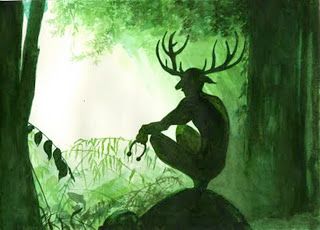Naturally, humbo as ever, I mediately searched for “Traktor Topaz” (my stage name), and by gosh there in American Basses, by Jim Roberts (former editor of Bass Player magazine), you find described the Mobius Megatar touchstyle basses that I make!
You can do a search on Amazon for ‘Traktor Topaz’ or ‘Mobius Megatar’, to see a nice picture of the page along with a picture of the instrument, but here’s what it says …
“A mobius strip is a one-sided surface that was discovered by German mathematician August Mobius in 1858. A Mobius Megatar is a 12-string instrument that was conceived by musician Henri DuPont in 1997, and put into production by a team that included Col. Reg Thompson (RAF, retired), Bruce Sexauer, and Traktor Topaz.
“It has six bass and six melody strings; the bass strings can be tuned as a standard six-string bass (BEADGC), or in the inverted-fifths system used on the Stick, for players familiar with that system [see Stick]. The melody strings are usually tuned in fourths.
“Unlike the Stick, the Mobius Megatar is modular, with a small body in which a variety of pickups and bridges can be mounted, and a separate neck. It incorporates the Buzz Feiten intonation system, which uses nut and saddle offsets to created a compensated, or “stretch” tuning that sounds better than conventional tuning.
“Instruments in the TrueTapper series are made of alder and maple; MaxTapper models have a mahogany neck with rosewood fingerboard and a sapele body. The ToneWeaver series features the Ralph Novak fanned-fret system, with scale lengths ranging from 35 1/2″ to 31″ for the highest [see Novax]. On the MidiTapper model, an optical pickup provides MIDI-interface capabilities. All models are equipped with the patented MegStrap, which holds the instrument in the preferred near-vertical playing position.
“Whether or not the recent proliferation of two-handed tapping instruments signals the “Touch-Style Revolution” proclaimed by the Mobius Megatar company remains to be seen, but these instruments do open up new creative vistas for some bassists.”
I couldn’t have said it better myself!
 A woodsy mountainside in California, Summer 1975: I subscribed to Green Egg, edited by
A woodsy mountainside in California, Summer 1975: I subscribed to Green Egg, edited by 